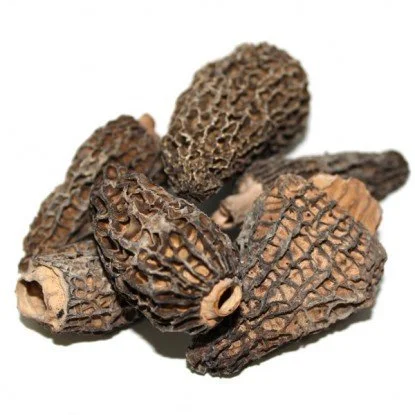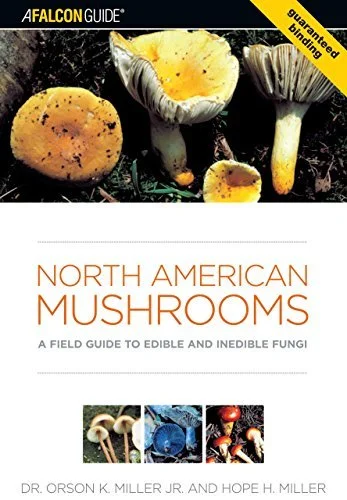Identifying Mushrooms
With names like puffball, fairy ring and bird's nest, it's hard to take some fungi seriously. But, as mushroom experts know, even the most innocent-looking toadstool sprouting from your lawn can be a life or death matter.
This is an especially important reminder in the fall months, when mushroom hunters across the country are trolling damp grass and groves in search of savory, golden chanterelles, meaty maitake mushrooms and other edible fungi.
Many look just like the ones in grocery stores, but they may not be safe to eat.
In fact, Chlorophyllum, a mushroom commonly seen in yards and on golf courses, looks very similar to some edible mushrooms. Unlike the edible mushrooms, Chlorophyllum is highly toxic and causes severe upset stomach.
David Farr, who studies fungi and works at ARS' Systematic Botany and Mycology Laboratory in Beltsville, Md., knows firsthand the dangers of munching on a mystery mushroom.
For 20 years, Farr has been a point person for several Washington, D.C.-area hospitals treating patients who've eaten a suspicious, potentially poisonous mushroom. Treatment depends, in part, on how deadly the ingested mushroom is - which is why a quick and accurate identification by a fungus expert is critical.
In some instances, Farr has been able to rule out that the mushroom in question is lethal, allowing a patient to avoid the uncomfortable procedure of having his or her stomach pumped.
Technological advances, like cell phones and digital cameras, are making Farr's job easier. He used to rely on descriptions given over the phone, but hospital staff can now send him a digital picture of the fungal specimen in seconds.
Most of the cases Farr has encountered involve one of two groups: curious adults who can't resist nibbling on pretty-looking mushrooms growing in their yards, or young children who don't know better than to pluck a toadstool and take a bite.
Fungi
Mushrooms belong to the group of organisms known as fungi, which includes the molds and mildews found on foods and in homes. Pathogenic forms of fungi cause diseases in plants, animals and humans. Yeasts used for baking bread and producing alcohol are also fungi.
Domestic mushrooms sold in grocery stores and served in restaurant dishes were once wild mushrooms. Agaricus, the mushroom commonly found on pizzas, was being collected from the wild in France during the 1760s. Shiitake mushrooms were first domesticated in China in 500 A.D.
Call of the Wild
While some cultures in Europe and Southeast Asia collect and eat wild mushrooms, it is not something amateurs should emulate, says Charles Mims, a plant pathologist with the UGA College of Agricultural and Environmental Sciences. “Collecting mushrooms is a big part of these cultures, and it’s a skill that is taught from one generation to the next."
Get a Guide
To learn which mushrooms are edible, buy a good mushroom identification book or join a mushroom club. Some clubs organize mushroom walks and then meet to identify the samples they collect.
If you harvest wild mushrooms on your own, have a mushroom expert identify them for you. Then, only consume a very small portion the first time you eat a new edible find.
Many wild mushrooms are good to eat, but there are some that can kill you. The most poisonous mushrooms in the world belong to the genus amanita. Their poison can destroy your liver and there is no good treatment available.
Buy Direct
The safest way to get wild mushrooms is to go to a restaurant that serves them or buy direct from a commercial provider.



